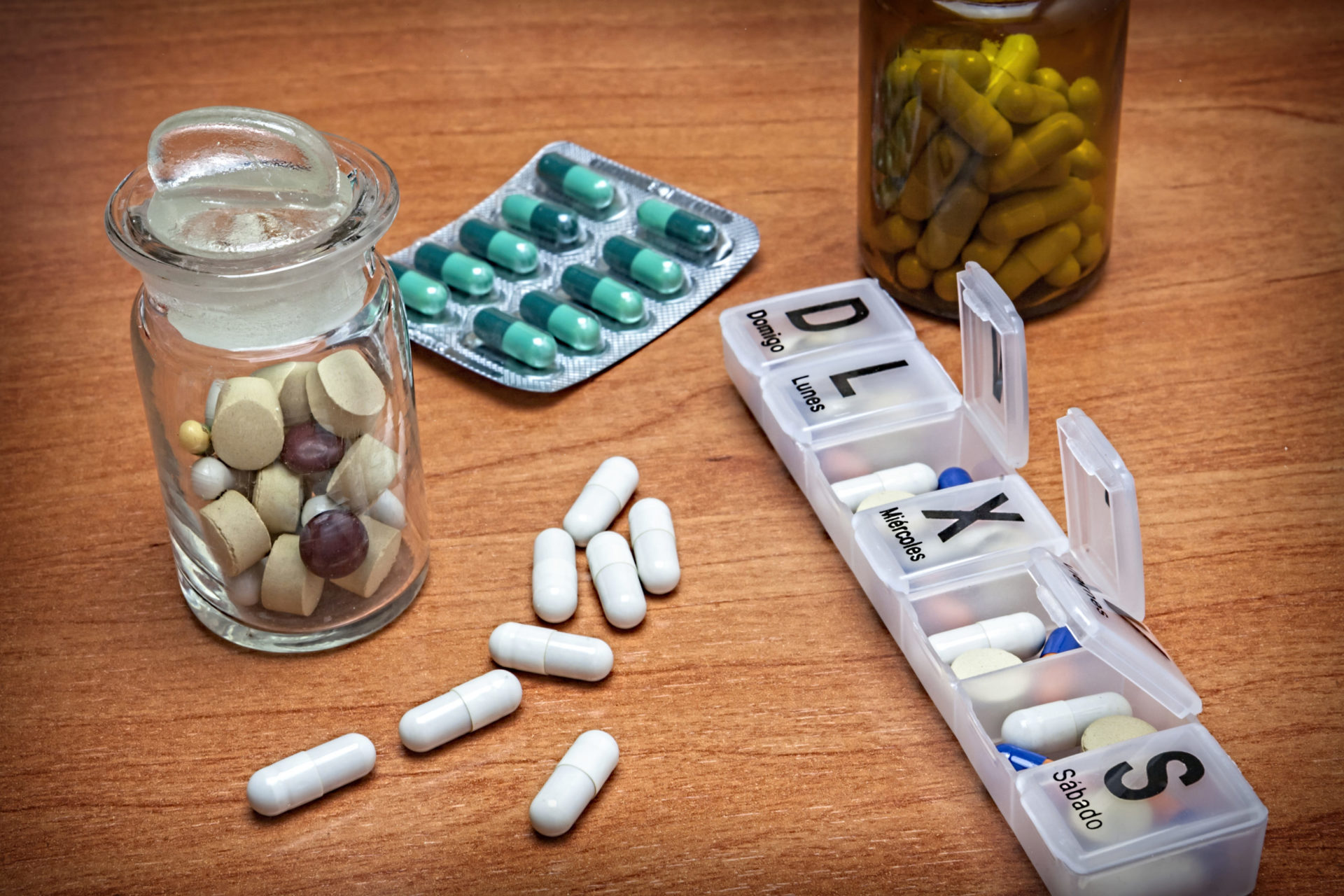What are Biosimilars? How do they differ from generics?
Biosimilars are becoming more and more common in the United States. While only 1 to 2 percent of patients in the United States in 2015 were treated with specialty medications, these medications, which many are biologics, accounted for 38 percent of drug spending.1
With the high cost of biologic medications, both patients and providers should know a few facts about biosimilars.
What is a biologic?
- A biological product, often referred to as a biologic2, is reviewed, approved and regulated by the Food and Drug Administration (FDA)
- Biologics are generally very large and complex molecules that are manufactured by using living organisms, such as microorganisms, plants or animal cells
- Some common types of biologics include proteins, monoclonal antibodies and some vaccines
- Because biologics are difficult to replicate, a need for biosimilar products was created
What is a biosimilar?
- An FDA-approved biosimilar3 is a biological product that has been assessed by the FDA to be similar to an existing FDA-approved biologic. The FDA refers to the original biologic as the “reference product”
- Biosimilars are like the reference product
- To be approved, biosimilars must show similar purity, molecular structure and bioactivity
- There are no clinically meaningful differences between the reference product and the biosimilar based on safety, purity and potency
- The reference product and biosimilars slightly change over time due to the manufacturing process
How does a biosimilar differ from a generic drug?2
• Biosimilars are not generic drugs
• Generic drugs have identical active ingredients to the brand product and must demonstrate bioequivalence to the brand product
• Biosimilars must demonstrate high similarity to the reference product and that there are no clinically meaningful differences regarding safety and potency
Are biosimilars ‘interchangeable’ with the reference product?2
- An interchangeable biosimilar product means the FDA accepts it as being a substitute with its reference product without consulting the prescriber. However,
- Not all biosimilars are interchangeable with their reference product
- For a biosimilar to be classified as “interchangeable”, the biosimilar must meet additional FDA requirements outlined in the Biologics Price Competition and Innovation Act of 2009
- The manufacturer of the interchangeable biosimilar product must provide additional information showing that the product provides the same clinical efficacy and safety as the reference product, including the effects of switching back and forth with the reference product
The FDA commissioner provides an update on biosimilar policy4
- FDA Commissioner Scott Gottlieb, MD, provided an update on biosimilar policy and future initiatives and related actions planned by the FDA in 2019
- The FDA focuses on its mission to protect patients, as well as help to advance efforts in policy and science to promote innovative medicine advancements that benefit patients, including biosimilars
- Seven biosimilars were approved in the last year, bringing the total of approved biosimilars in the United States to 15
- Four new guidance documents were released to help develop and improve the biosimilar development pathway
- The FDA will review study protocols from companies developing biosimilars to improve ease of access to limited numbers of reference product samples. In addition, the FDA will review the Risk Evaluation and Mitigation Strategy that companies use to help improve the quality of biosimilar applications submitted to the FDA for approval.
- Insulin and growth hormone will now be considered biologics and will move to the biologics pathway to increase competitor and interchangeable product development. These products’ patents will expire as usual and will not gain additional years of exclusivity due to being transitioned to the biologic pathway. These efforts, especially with regards to insulin, are intended to increase competition, reduce cost and increase availability for patients.
Once a biosimilar is approved and available for use, the Quartz Pharmacy and Therapeutics Committee reviews the evidence and determines the formulary status for each product.
References




